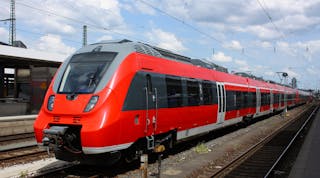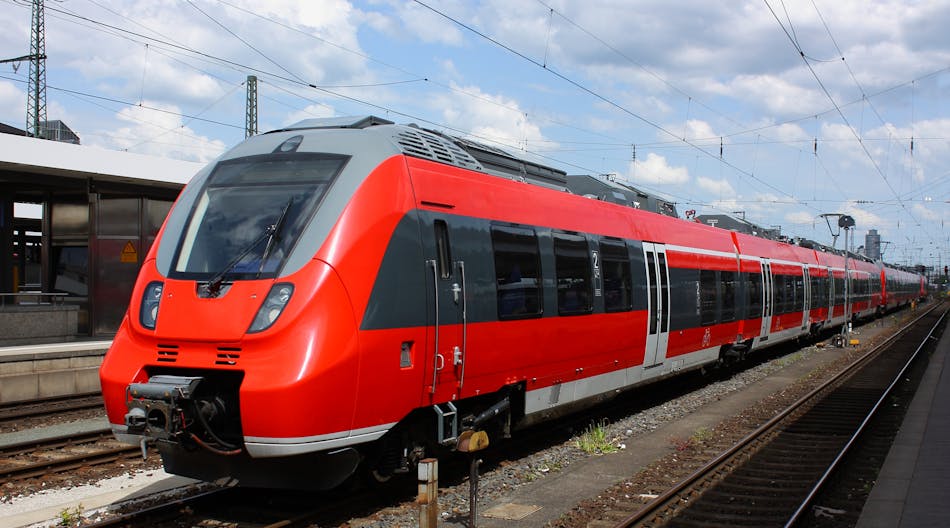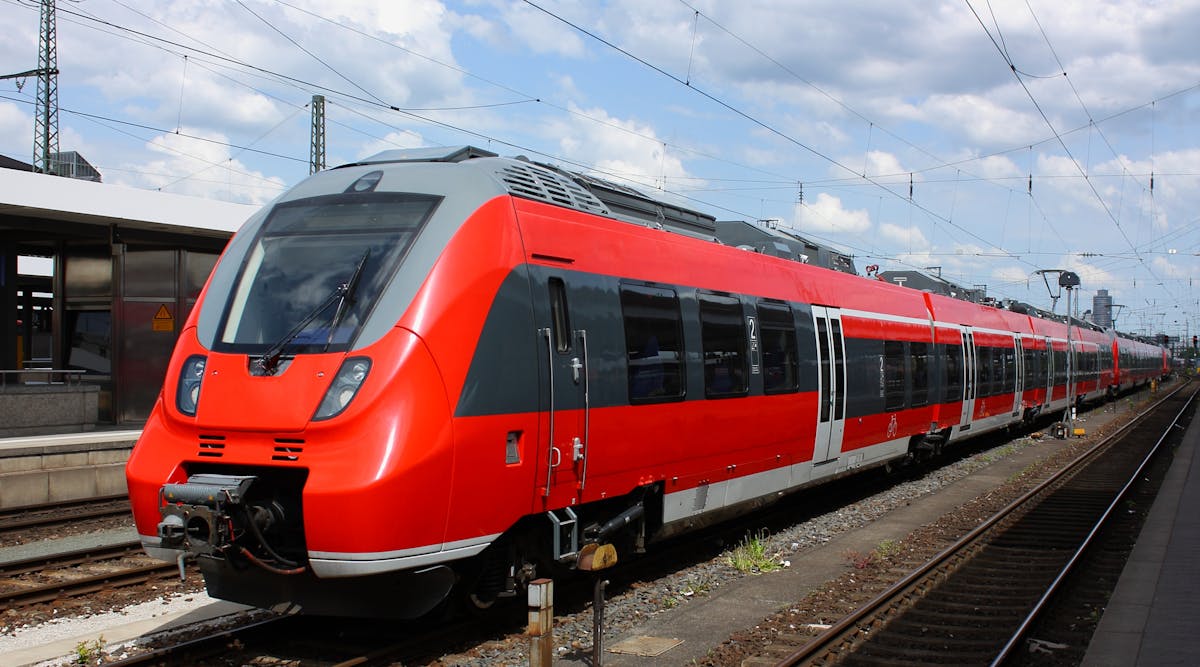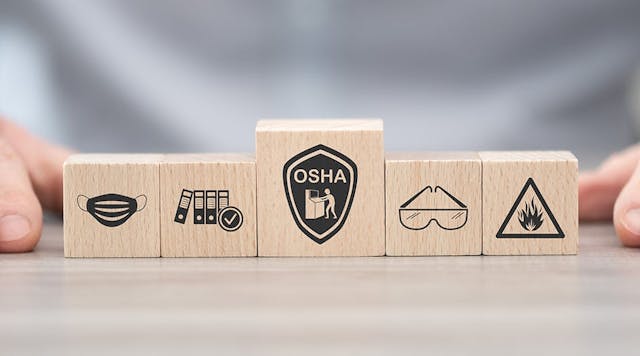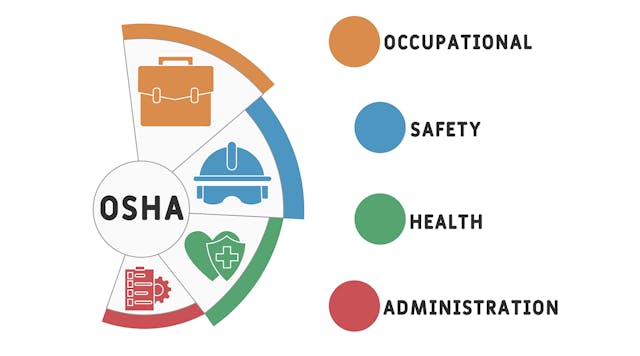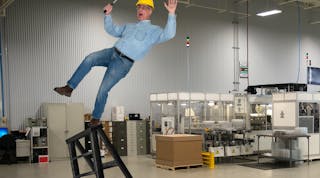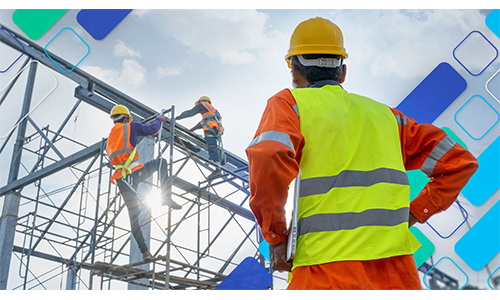The U.S. freight rail network is recognized as the largest freight system in the world, with almost 140,000 route miles. This vast network comprises numerous separate sections and connections. With such an extraordinary number of connections, even a single connection failure can lead to serious consequences.
The U.S. has also witnessed multiple train derailment incidents, with the recent Ohio incident being one of them. The incident resulted in the evacuation of nearly two thousand nearby residents for almost a week due to the release of hazardous materials that posed environmental concerns. Such accidents emphasize the significance of regular inspections and maintenance in preventing disastrous events in the US railroad. It is apparent that inspection and maintenance are crucial in ensuring public safety and environmental protection.
It is natural to wonder how catastrophic incidents like the Ohio train derailment can be avoided in the future. Although conventional inspection methods have been used in the past, the lessons learned from this incident highlight the need to integrate technology, such as inspection apps, to reduce risks. With the use of modern inspection apps, the inspection process can be enhanced, enabling inspectors to more effectively and efficiently identify potential issues and take corrective action.
Lessons Learned from the Ohio Train Derailment
As authorities investigate the cause of the incident, there has been a call for changes to regulations or industry practices to prevent similar disasters from occurring.
In the aftermath of the Ohio train derailment, experts have stressed the significance of regular inspections for high-priority infrastructure. The incident has made it obvious that even seemingly minor issues can escalate into major disasters if left unaddressed. In the case of railway tracks and bridges, they are exposed to harsh weather conditions, heavy loads, and high levels of stress. As a result, it is essential to have a robust inspection program to ensure that any signs of wear and tear, deformation, or other issues are not missed but promptly identified and addressed.
Moreover, the accuracy and consistency of inspections are critical in ensuring that any potential issues are detected early on. Inaccurate inspections may occur when an inspector fails to notice a defect, misinterprets data, or records incorrect information. On the other hand, inconsistent inspections may happen when different inspectors use different methods or criteria to evaluate the same component. Inspections done inaccurately may result in missed problems, while inconsistent inspections may result in different interpretations of the same data, leading to inconsistent results. Therefore, inspections should be performed according to standardized procedures and protocols to ensure consistency and accuracy.
Another lesson learned from the Ohio train derailment incident is the importance of incorporating advanced technology into railway inspection and maintenance procedures to enable real-time data collection and trend analysis. This is not a new concept, as the US rail industry has previously benefited from inspection technology. The Federal Railroad Administration reported a 27% decrease in train accidents caused by broken rail between May 2019 and May 2020, largely due to the implementation of continuous rail inspection technology.
However, newer technology solutions, such as inspection apps, offer even more advanced features, enabling electronic data collection and real-time analysis, which can provide valuable insights and facilitate timely decision-making by inspectors.
Benefits of Modern Inspection Apps
Currently, the inspection and maintenance task is being accomplished through a slow, laborious process, wherein an army of inspectors visually inspects the lines on foot or in slow-moving trucks. While some organizations are modernizing their processes and collecting data digitally, many organizations still use paper and clipboards to collect this data.
Contrarily, mobile inspection apps can help organizations conduct inspections and maintenance tasks more efficiently and effectively using tablets or smartphones. They offer a number of benefits over traditional paper-based inspections.
Increased Accuracy and Consistency in Inspections
Modern inspection apps provide a consistent and standardized approach to inspections. Inspection checklists can be created, and the app can guide the inspector through the checklist, ensuring that all critical areas are covered. With the use of modern inspection apps, the accuracy of inspections can be improved as the app can detect errors and deviations in real-time.
Modern inspection apps typically use advanced algorithms and machine learning to compare inspection data against established standards and protocols. These algorithms can identify inconsistencies or deviations from established norms and alert inspectors in real-time, allowing them to take corrective action immediately.
Improved Efficiency and Productivity in the Inspection Process
By eliminating paper-based systems, inspection apps can help streamline the inspection process, enabling inspectors to complete more inspections in less time. Paper-based systems can be inefficient, time-consuming, and prone to errors. Inspection apps allow inspectors to complete inspections using mobile devices, and they can access information such as inspection schedules, checklists, and maintenance records easily. They can also capture photographic evidence, take notes, and create reports on-site. Quick access and recording of information in real-time reduce the chances of missing potential issues and allow for timely corrective actions, increasing operational efficiency.
Enhanced Safety and Risk Management
With inspection apps, inspectors can capture real-time data and photos, which can help identify and prioritize safety risks. The app can also help in tracking the history of inspections, identifying trends, and taking corrective actions. These modern apps can be integrated with incident reporting systems, enabling organizations to respond quickly to incidents and reducing the risk of accidents.
Moreover, inspection apps can trigger workflows tailored to specific issues, streamlining and automating the response process. These apps can send alerts via SMS or email to notify relevant personnel of immediate concerns, initiate repairs, or even provide inspectors with instant access to repair videos or manuals. This real-time communication and support not only address safety hazards efficiently but also ensure that maintenance tasks are carried out accurately and effectively, ultimately contributing to a safer and more reliable working environment.
Improved Regulatory Compliance and Audit Trail
The use of inspection apps can help organizations maintain compliance with industry regulations and standards. The app can provide an audit trail of all inspections, maintenance, and repairs. Inspection reports can be generated instantly, and they can be accessed easily. This helps organizations to be more transparent in their operations and helps them to maintain compliance with regulatory bodies. At the same time, organizations can carefully track trends over time to see if safety is improving or if there are regions, particularly at risk.
Conclusion
There is no denying that train derailments are a significant threat to public safety and environmental protection. The history of train derailment incidents highlights the need for technological advancements to improve inspection procedures and ensure consistent and accurate data collection. In this scenario, the implementation of inspection apps can significantly reduce the risk of accidents, increase productivity, enhance safety, and improve regulatory compliance.
The US rail industry has made considerable progress in implementing technology for inspection and maintenance, but there is still room for improvement. Moving forward, it is essential to continue integrating advanced technology, such as modern inspection apps, into railway infrastructure to prevent future accidents and ensure the safety of the public and the environment.
Amy Groden-Morrison is . She has 15 years in marketing communications leadership roles at companies such as TIBCO Software, RSA Security and Ziff-Davis. She is an expert in Low Code / No Code.

